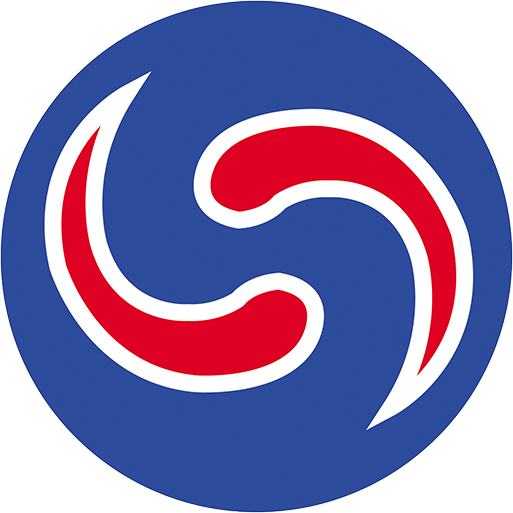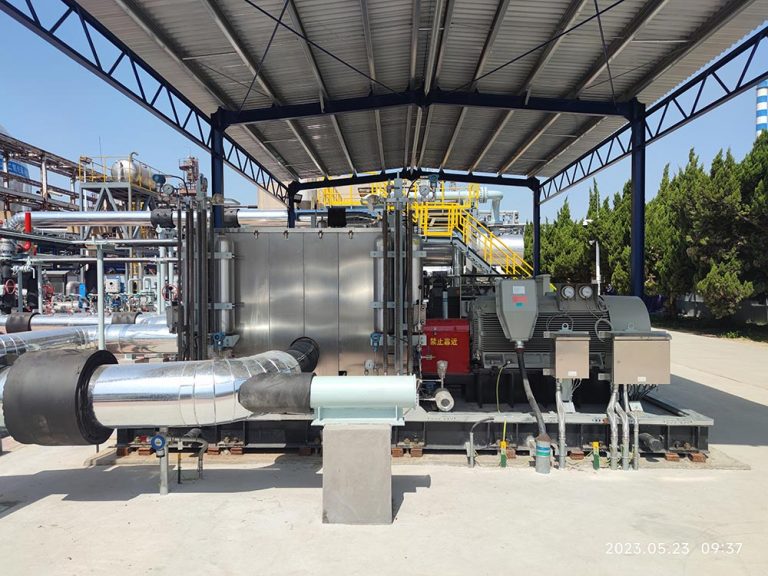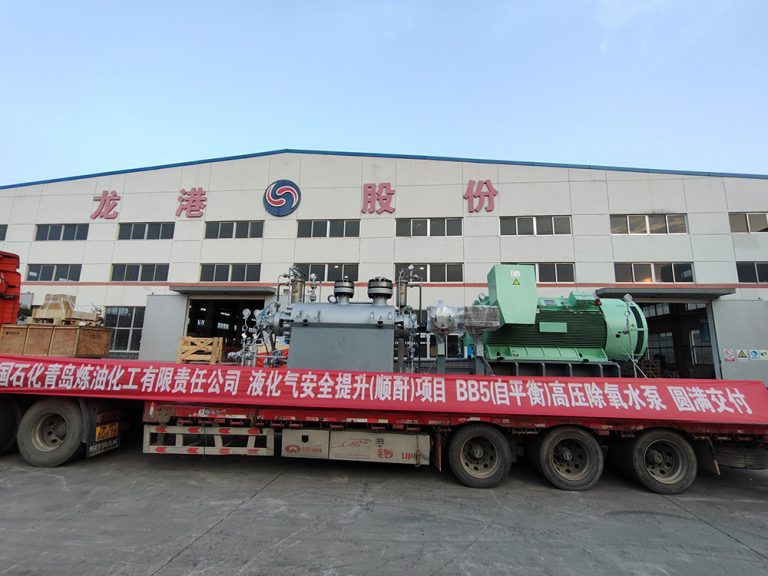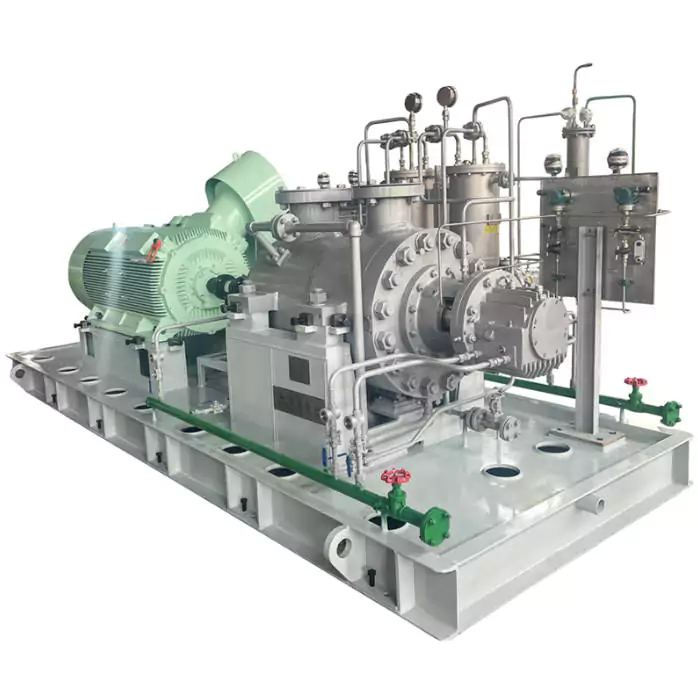Regular maintenance and inspections are crucial for API pumps to ensure they function efficiently and effectively. These pumps, commonly utilized in various industrial applications, face numerous challenges, including fluctuating pressures and continuous operation under demanding conditions. By adhering to a structured maintenance plan, operators can enhance the performance of their API pumps, ensuring prolonged lifespan and reliability while also minimizing the risk of downtime due to unexpected failures. This article explores the importance of routine maintenance and the key strategies to optimize the overall operation of API pumps.
Why is Routine Maintenance Critical for API Pumps?
Routine maintenance is essential for API pumps to maintain their high performance and operational efficiency.
Optimizing Performance and Longevity
Regular maintenance directly influences the performance and longevity of API pumps. By regularly addressing wear and tear, operators can identify and rectify issues before they escalate into larger problems, which could compromise the performance of the pump. Consistent maintenance allows for optimal operation, ensuring that the pump can handle the specific requirements of the application it is designed for. Additionally, this commitment to maintenance can extend the overall lifespan of the pump, reducing the frequency of replacements and associated costs.
Enhancing Efficiency and Reducing Energy Costs
A well-maintained API pump operates more efficiently, which can lead to significant cost savings in energy consumption. When pumps are kept in optimal condition, they require less energy to operate, translating to lower utility bills. Furthermore, regular maintenance can also help in fine-tuning the pump to meet specific flow and pressure requirements, thereby increasing its efficiency. An efficient pump minimizes energy wastage, which not only reduces costs but also contributes to more sustainable operations.
Mitigating Unexpected Failures
One of the greatest advantages of routine maintenance is the ability to mitigate unexpected pump failures. API pumps are intricate machines that can suffer from a variety of issues if not properly cared for. Regular inspections and maintenance sessions allow for the identification of potential failures, such as bearing wear or seal leaks, before they result in unplanned downtime. By addressing these issues proactively, companies can maintain operational continuity and avoid costly repairs or replacement that could arise from significant pump failures.
How Do You Create a Preventive Maintenance Schedule?
Creating a comprehensive preventive maintenance schedule is essential for keeping API pumps operating at optimum levels. A well-structured schedule helps ensure that maintenance tasks are not overlooked while promoting systematic inspections. A schedule should be based on the specific requirements of the API pump and should include factors such as operation hours, service intervals, and environmental conditions. By tailoring the maintenance program to the individual needs of each pump, organizations can improve reliability and reduce unexpected failures.
Things should be included in Your Maintenance Checklist
An effective maintenance checklist for API pumps should incorporate a range of inspection and maintenance tasks to ensure comprehensive evaluation and upkeep. Important factors to include are the condition of mechanical seals, impellers, and bearings, as well as monitoring for any signs of wear and corrosion. The checklist should also consist of documentation practices to accurately track findings and actions taken during each maintenance session. This not only aids in preventing potential failures but also facilitates identification of trends over time, allowing for more informed decision-making regarding maintenance practices.
Recording Inspection Findings and Actions Taken
Each maintenance activity should involve recording findings and actions taken to document the pump’s condition and any necessary repairs or replacements completed. This documentation serves as a crucial reference for future maintenance and can help identify recurring issues that may require more in-depth analysis. Accurate records can also be invaluable during audits or inspections, demonstrating compliance with industry standards and practices. Establishing a structured method for logging this information ensures that operators can trace back issues to their source, ultimately enhancing the overall responsiveness to pump maintenance.

Daily, Weekly, Monthly, and Annual Tasks
Setting daily, weekly, monthly, and annual maintenance tasks provides a systematic approach to API pump care. Daily tasks might include monitoring pump performance parameters, such as pressure levels and flow rates. Weekly tasks can involve visual inspections of seals and connections to identify any potential issues promptly. Monthly maintenance can include more in-depth checks and operational tests, while annual tasks could involve comprehensive inspections and the replacement of critical components such as mechanical seals and impellers. By breaking down maintenance activities into timeframes, operators can ensure that all aspects of the API pump’s health are routinely assessed and addressed.
Setting Benchmarks for Peak Performance
Establishing performance benchmarks for API pumps allows operators to gauge efficiency and detect deviations from optimal operation. These benchmarks should be based on historical data, and the specific requirements of the application, including flow rates and pressure thresholds. Regular comparison of current performance against these benchmarks helps identify any irregularities that may signify a decline in the pump’s functionality. Consistent monitoring of these metrics allows operators to make data-driven decisions about maintenance interventions needed to restore or enhance performance.
Frequency of Component Replacements
Understanding the frequency of component replacements is key to maximizing the reliability and longevity of API pumps. Operators should establish a schedule for replacing critical components based on manufacturer recommendations and observed wear patterns during inspections. By adhering to a proactive replacement schedule, organizations can effectively mitigate the risk of unexpected failures that arise from degraded components. This foresight not only ensures continuous operation but also significantly reduces maintenance costs associated with emergency repairs and premature replacements.
Replacing Mechanical Seals and Impellers Every 1-2 Years
Mechanical seals and impellers are vital components of API pumps and should be replaced every one to two years, depending on operating conditions and wear. Regular assessment of these components during inspections allows operators to determine whether replacement is necessary sooner, especially in high-stress applications where wear may accelerate. With proactive component replacements, the integrity of the pumping system can be maintained, reducing the likelihood of leaks or inefficiencies stemming from damaged seals or worn impellers. Establishing a consistent replacement schedule helps to maintain operational continuity and ensure that pumps remain effective in their tasks.
Inspecting O-rings, Bearings, and Other Components Regularly
In addition to scheduled replacements, it is important to conduct regular inspections of O-rings, bearings, and other ancillary components associated with API pumps. These parts play a crucial role in overall functionality, contributing to sealing and smooth operation. Operators should be alert for any signs of degradation, including abnormal wear, cracking, or deformation that could lead to catastrophic failure. Regular inspections help identify when components need replacing or servicing, allowing for timely interventions and preventing disruptions in operations that could lead to downtime.
Which Tools and Techniques Aid in Pump Inspections?
To achieve an effective maintenance routine, utilizing the right tools and techniques is crucial for API pump inspections. Various diagnostic equipment can help identify performance issues and monitor condition over time, allowing for more accurate troubleshooting. Effective strategies can facilitate a comprehensive understanding of pump health, leading to better forecasts regarding maintenance needs and reduced occurrences of unexpected failures.
Utilizing Diagnostic Equipment
Employing diagnostic equipment such as vibration analysis tools, thermography, and pressure gauges can greatly enhance pump inspections by providing vital data. Vibration analysis helps identify mechanical imbalances, misalignments, or bearing failures before they escalate into more significant problems. Thermography identifies areas of heating that can indicate bearing failures, insufficient lubrication, or clogged passages. Pressure gauges provide concrete data on performance and can alert operators to deviations that signal issues, allowing for targeted maintenance efforts rather than reactive troubleshooting. Overall, incorporating such technologies can lead to a proactive maintenance climate, thus optimizing the performance of API pumps.
Implementing Condition Monitoring Systems
Condition monitoring systems allow continuous tracking of API pump performance across crucial parameters, providing real-time insights into their operational state. These systems can detect changes in vibration, temperature, and pressure, sending alerts when predefined thresholds are crossed. By implementing condition monitoring, organizations can respond to potential failures quickly, reducing downtime by replacing parts before they fail entirely. Furthermore, these systems can feed data back into the preventive maintenance schedule, refining maintenance tasks based on actual performance trends, thereby supporting a more intelligent maintenance approach that maximizes API pump reliability and efficiency.
In conclusion, having a structured maintenance regimen for API pumps focused on preventive measures and incorporating modern inspection techniques is vital for maintaining optimal operation. This approach not only extends the lifespan of pumps but also enhances efficiency and reduces unplanned downtimes. Regularly scheduled maintenance involving comprehensive inspections, effective use of diagnostic tools, and timely component replacements all contribute towards achieving the reliability that organizations need in demanding industrial environments. For professional maintenance services and high-quality pumps, consider Yantai Longgang Pump Industry Co., Ltd., a trusted high-tech enterprise with a proven track record of excellence in the pump industry.








